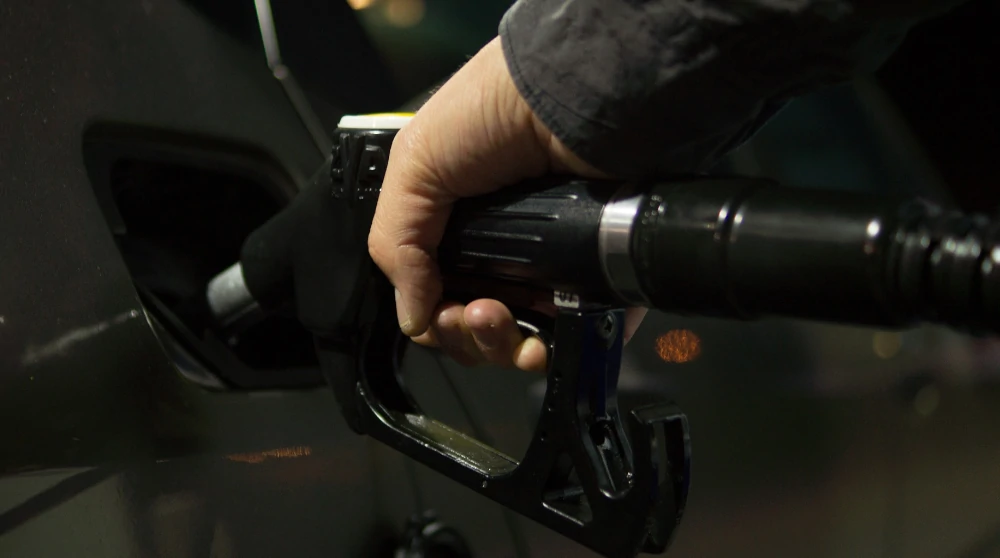Our Tips to save petrol

- Aerodynamic drag, which affects how readily something travels through the air due to its design, should be reduced on your car. Roof racks, open windows, and spoilers are just a few examples of things that increase aerodynamic drag. When a car experiences more air resistance, it requires more effort to move forwards and consumes more fuel.
- Ensure the condition of your tyres: Incorrectly inflated tyres can increase fuel consumption or potentially be hazardous. The traction of older tyres may also be reduced, which can impact rolling resistance and fuel efficiency.
- Purchase a more energy-efficient model: Despite being well-maintained, your car still consumes a lot of fuel. This is a large recommendation, but in the end, it might be worthwhile to check the market to see if you can trade in or sell your automobile in order to get a more cost-effective one.
- Avoid driving during peak hours since it consumes more fuel to constantly accelerate and decelerate than to maintain a steadier, steady speed. This is where pre-planning your excursions with Google or Apple Maps can save you time and money on gas.
- Avoid using electronics like the radio while driving because doing so requires the creation of energy from gasoline, which can be reduced. Play some automobile games with your passengers as an alternative.
- When driving a manual, shift into the proper gear: By over-revving the engine and causing it to burn more gasoline for a given amount of speed, using a gear that is too low for your speed reduces fuel efficiency. Using a gear that is too high can potentially make your engine struggle or stall.
Avoid leaving the car running when you're stuck somewhere for a time. This is due to the fact that idling the automobile can actually use more fuel than simply turning off the engine, waiting for it to warm up, and restarting it.
